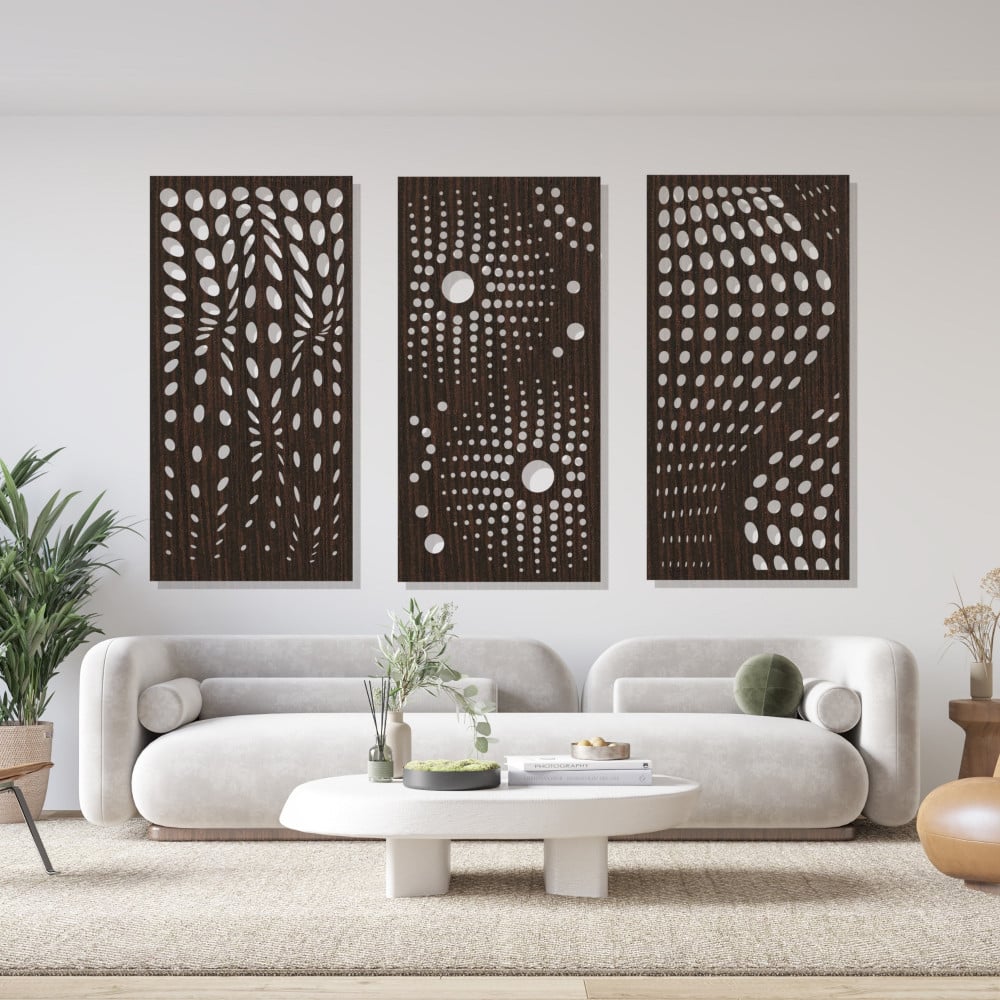DIY Made Easy – Your Complete Guide to Using a Paneling Kit for Home Projects
Embarking on a DIY home improvement project can be both exciting and daunting, especially when it involves installing wall paneling. However, using a paneling kit can simplify the process, making it accessible even for novice DIY enthusiasts. Paneling kits are pre-packaged with all the necessary materials and instructions, providing a streamlined approach to transforming your living space with minimal hassle. One of the primary benefits of using a paneling kit is its convenience. These kits typically include pre-cut panels, adhesive, nails, and finishing trim, along with step-by-step instructions. This eliminates the need to source individual materials, ensuring everything you need is at your fingertips. The pre-cut panels save significant time, as you would not need to measure and cut large sheets of material yourself. This precision also ensures a perfect fit, reducing the likelihood of errors that could mar the final appearance.

Before starting your project, it is crucial to prepare the workspace adequately. Clear the area of furniture and cover the floor with a drop cloth to protect it from adhesive drips or accidental damage. Ensure the wall surface is clean, dry, and free of any bumps or protrusions that might interfere with the paneling. Sand down any uneven areas and fill in holes or cracks with spackle, then allow it to dry completely. This prep work creates a smooth, even surface for the panels to adhere to, ensuring a professional finish. Once the wall is prepared, you can begin the installation process. Start by laying out the panels on the floor in the order they will be installed, checking for color and pattern consistency. This step is vital to achieving a cohesive look, especially if the panels have a grain or pattern. Next, apply adhesive to the back of the first paneling kit, using a zigzag pattern to ensure even coverage. Press the panel firmly against the wall, starting at the bottom and working your way up. Use a level to ensure the panel is straight, making adjustments as needed before the adhesive sets.
After the initial panel is in place, continue with the subsequent panels, ensuring they fit tightly together to avoid visible seams. Use the included nails to secure the panels at the edges and along the studs for added stability. Once all the panels are installed, attach the finishing trim to cover any exposed edges and give the project a polished look. The trim not only enhances the aesthetic appeal but also protects the panel edges from wear and tear. Completing a paneling project with a kit can transform a room, adding warmth, texture, and character. The sense of accomplishment from successfully executing a home improvement project is immensely satisfying. With the right tools and a bit of patience, anyone can achieve professional-looking results. By following the instructions carefully and paying attention to detail, you can create a beautiful, paneled wall that enhances your home’s décor and showcases your DIY skills.
